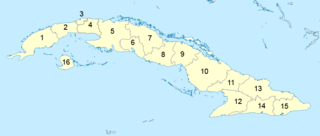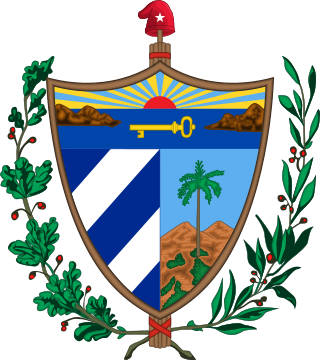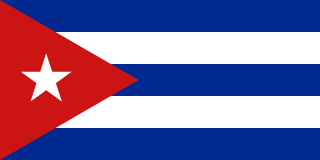| Pseudarmadillo Temporal range: | |
|---|---|
| Scientific classification | |
| Domain: | Eukaryota |
| Kingdom: | Animalia |
| Phylum: | Arthropoda |
| Class: | Malacostraca |
| Superorder: | Peracarida |
| Order: | Isopoda |
| Suborder: | Oniscidea |
| Family: | Delatorreiidae |
| Genus: | Pseudarmadillo Saussure, 1857 [1] |
| Type species | |
| Pseudarmadillo carinulatus Saussure, 1857 | |
Pseudarmadillo is a genus of woodlice from the Greater Antilles. All extant species live in Cuba, with one species also extending to the Bahamas: [2]
- Pseudarmadillo agramontinoArmas & Juarrero de Varona, 1999 – Camagüey Province
- Pseudarmadillo assoiArmas & Juarrero de Varona, 1999 – Cienfuegos Province
- Pseudarmadillo auritusArmas & Juarrero de Varona, 1999 – Sancti Spíritus Province
- Pseudarmadillo bidentatusArmas & Juarrero de Varona, 1999 – Guantánamo Province
- Pseudarmadillo busckiBoone, 1934 – La Habana Province
- Pseudarmadillo carinulatusSaussure, 1857 – Cuba and the Bahamas
- Pseudarmadillo elegansArmas & Juarrero de Varona, 1999 – Isla de la Juventud
- Pseudarmadillo gillianusRichardson, 1902 – La Habana Province, Isla de la Juventud
- Pseudarmadillo holguinensisArmas & Juarrero de Varona, 1999 – Holguín Province
- Pseudarmadillo hoplites(Boone, 1934) – Camagüey Province
- Pseudarmadillo jaumeiArmas & Juarrero de Varona, 1999 – Guantánamo Province
- Pseudarmadillo maiteaeJuarrero de Varona & Armas, 2002 – Santiago de Cuba Province
- Pseudarmadillo mitratusArmas & Juarrero de Varona, 1999 – Las Tunas Province
- Pseudarmadillo nanusArmas & Juarrero de Varona, 1999 – Cienfuegos Province
- Pseudarmadillo spinosusArmas & Juarrero de Varona, 1999 – Sancti Spíritus Province
- Pseudarmadillo vansickleiJuarrero de Varona & Armas, 2003 – Santiago de Cuba Province
Two extinct species are also known from possibly Burdigalian age Dominican amber found on Hispaniola: [2]
- † P. cristatus Schmalfuss, 1984 [3]
- † P. tuberculatus Schmalfuss, 1984 [3]
The genus is often considered a member of the Pseudarmadillidae, of which it is the only genus. It has also been placed, together with Cuzcodinella oryx in the family Delatorreiidae, Delatorreia being a synonym of Pseudarmadillo. [2]







